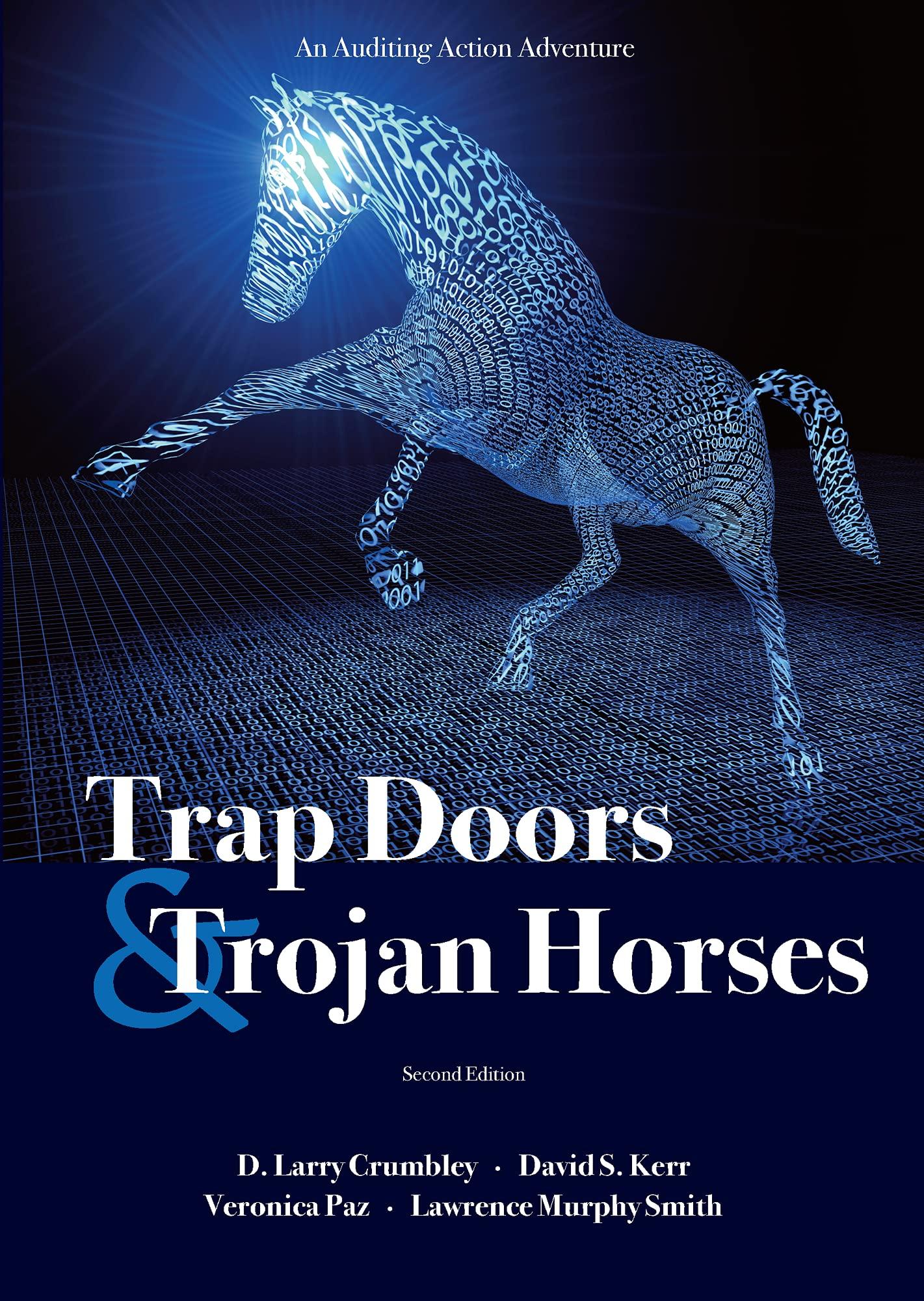Question
Tractor Company (TC) manufactures tractors for agricultural usage. TC purchases the engines needed for its tractors from two sources: Johnston Engines and Wilson Company. The
Tractor Company (TC) manufactures tractors for agricultural usage. TC purchases the engines needed for its tractors from two sources: Johnston Engines and Wilson Company. The Johnston engine has a price of $1,400. The Wilson engine is $1,300 per unit. TC produces and sells 22,000 tractors. Of the 22,000 engines needed for the tractors, 4,000 are purchased from Johnston Engines, and 18,000 are purchased from Wilson Company. The production manager, Jamie Dunn, prefers the Johnston engine. However, Jane Boots, purchasing manager, maintains that the price difference is too great to buy more than the 4,000 units currently purchased from Johnston Engines. Boots also wants to maintain a significant connection with the Johnston source just in case the less expensive source cannot supply the needed quantities. Jamie, however, is convinced that the quality of the Johnson engine is worth the price difference.
Frank Wall, the financial controller, has decided to use activity costing to resolve the issue. The following activity cost and supplier data have been collected:
| Activity | Cost |
| Replacing enginesa | $900,000 |
| Expediting ordersb | 1,200,000 |
| Repairing enginesc | 1,500,000 |
a All units are tested after assembly, and some are rejected because of engine failure. The failed engines are removed and replaced, with the supplier replacing any failed engine. The replaced engine is retested before being sold. Engine failure often causes collateral damage, and other parts often need to be replaced.
b Orders are expedited due to late or failed delivery of engines.
c Repair work is for units under warranty and is often due to engine failure. Repair usually means replacing the engine. This cost plus labor, transportation, and other costs make warranty work very expensive.
|
| Wilson | Johnston | Total |
| Engines replaced by source | 1,880 | 20 |
|
| Late shipments/ expedited orders | 395 | 5 |
|
| Warranty repairs (by your company) | 1,450 | 50 |
|
Required: All requirements for Case Study 1 must be answered
- Calculate the activity-based supplier cost per engine (the engine acquisition cost plus supplier-related activity costs). (Round to the nearest cent.) (8 marks)
- What is the SPI (Supplier Performance Index) for each supplier (4 marks)
- Which of the two suppliers is the lower-cost supplier? Explain why this is a better measure of engine cost than the traditional engine acquisition costs assigned to the engines. (5 marks)
Consider the supplier cost information obtained in Requirement 1. Suppose further that Johnson can only supply a total of 20,000 units. What actions would you advise Tractor Company to undertake with its suppliers based on the information you have identified in requirements 1, 2, and 3?
Step by Step Solution
There are 3 Steps involved in it
Step: 1

Get Instant Access to Expert-Tailored Solutions
See step-by-step solutions with expert insights and AI powered tools for academic success
Step: 2

Step: 3

Ace Your Homework with AI
Get the answers you need in no time with our AI-driven, step-by-step assistance
Get Started


